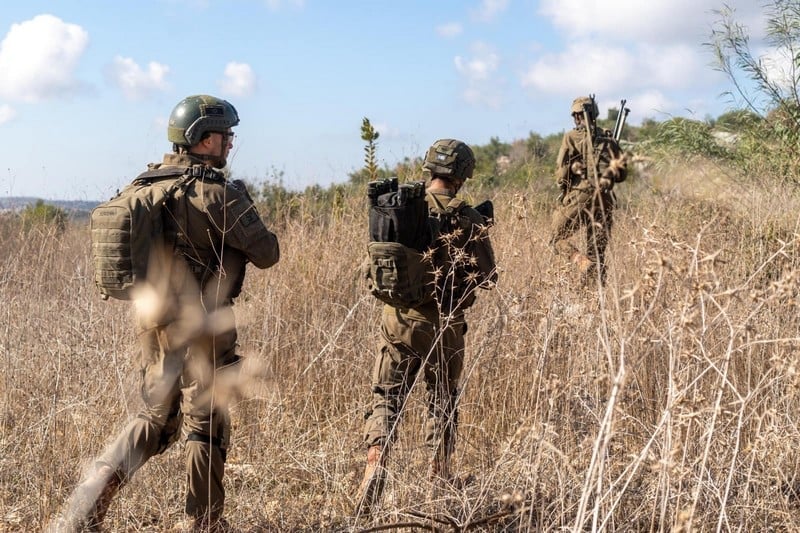Israel’s Military Operations in Southern Lebanon
Israel’s military has reportedly entered southern Lebanon as part of targeted operations aimed at dismantling infrastructure linked to the Iran-backed militant group Hezbollah. According to an official statement from the Israeli army, these operations were launched following intelligence reports that identified Hezbollah weapons and terrorist infrastructure in several areas of the region. The goal of these operations is to prevent Hezbollah from reestablishing its presence in the area.
The military did not immediately confirm whether this marked the first time Israeli troops had operated on the ground in Lebanon since a November ceasefire. However, the army released a video captioned “footage from a targeted nighttime operation of the 9th Brigade in southern Lebanon,” which shows soldiers walking on the ground. While the authenticity of the footage could not be verified by AFP, it was claimed to have been shot in the Labbouneh area, just across the border.
In addition to the 9th Brigade, troops from the 300th Brigade were reported to be operating in the Jabal Blat area further west, also within sight of the frontier. These movements highlight the ongoing military activity in the region despite the November truce with Hezbollah.
Continued Strikes and Strategic Presence
Although a November 27 ceasefire aimed to end more than a year of hostilities with Hezbollah, Israel has continued its strikes on Lebanon. The stated purpose of these attacks has been to target Hezbollah sites and operatives. However, there have also been instances where members of Hamas, Hezbollah’s Palestinian ally, have been struck.
The ceasefire agreement required Hezbollah to pull its fighters back north of the Litani River, approximately 30 kilometers (20 miles) from the Israeli border. This move left the Lebanese army and United Nations peacekeepers as the only armed parties in the region. In return, Israel was expected to fully withdraw its troops from Lebanon. However, the country has maintained its presence in five locations it deems strategically important.
Ongoing Tensions and Regional Implications
The continued Israeli military presence in southern Lebanon underscores the fragile nature of the ceasefire and the persistent tensions between Israel and Hezbollah. The recent operations by the 9th and 300th Brigades suggest that Israel remains committed to disrupting Hezbollah’s capabilities in the region. This development raises concerns about the potential for renewed conflict, especially given the history of cross-border violence and the involvement of other regional actors.
Hezbollah, which has been weakened by the previous conflict, is likely to view these operations as a direct threat to its security and influence. The group has historically relied on its ability to operate along the border, and any attempts to dismantle its infrastructure could lead to retaliatory actions.
The international community has closely monitored the situation, with the United Nations and other organizations expressing concern over the stability of the region. The presence of UN peacekeepers in southern Lebanon is meant to serve as a buffer between the two sides, but their effectiveness may be tested if hostilities escalate.
As the situation continues to evolve, it remains unclear how long the current ceasefire will hold. The actions taken by both Israel and Hezbollah will play a critical role in determining the future of the region. For now, the focus remains on preventing further escalation and ensuring that the fragile peace is maintained.







